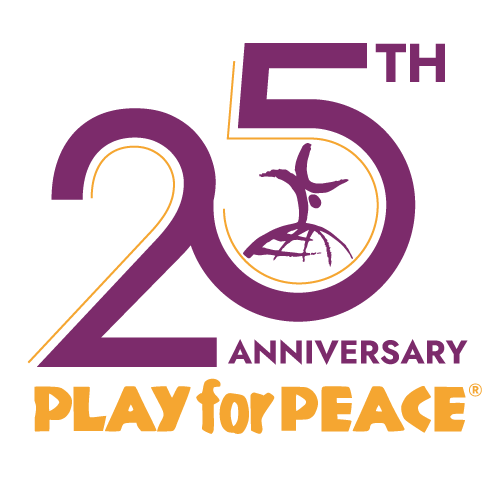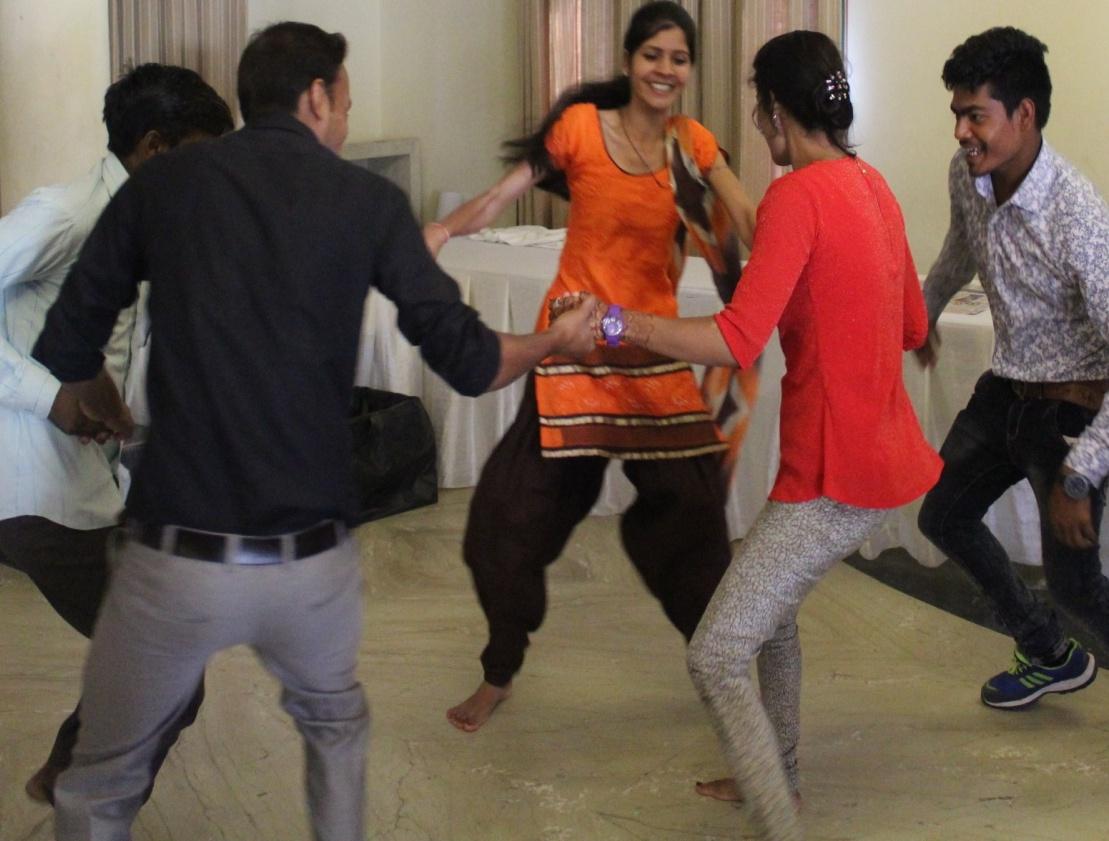Participants felt that they had seen incremental change: increased confidence, better use of time, less stress, better communication, and an overall positive impact on their mental and physical health.
Play for Peace saw a great impact on those who took part in the Youth Leadership Development program in Kishangarh. Participants were first greeted by Gurinder Azad, a writer, filmmaker, human rights activist, and mentor for young people. Gurinder Azad kicked off the first two days by opening up dialogue with participants. The objective of his work with the program was to allow the participants to question their views on the world, peace, the society they live in, and the “idea of India” by providing them with facts and recommending books and films to expand their knowledge.
At the end of the second day, participants were asked to think about their dreams and aspirations and to think about where they’d like to see themselves in five years, allowing them to sit and critically think about their futures. Participants were able to practice games while being reminded to stay focused on the core values throughout. Two songs, used by people involved in grassroots movements for rights, were also shared and struck a chord with many in the group who were able to identify with the lyrics. Participants were also introduced to the Multiple Intelligence test, created by Howard Gardner, that showed how children learn differently, and with that knowledge, how we can create inclusion by understanding diversity. When the group was asked to create a question paper with an ‘exam’ being ‘scheduled’ for the following day, a participant came forward on the day of the ‘exam’ to admit that he had been vomiting the night before in anxiety over the upcoming mock exam. He even admitted that he had dropped out of school and was prone to becoming very sick at school as a child.
This opened up a dialogue about the ‘Anatomy of Fear’, and participants were informed as to how fear operates. They were then given an alternative and an open-book exam commenced. When asked to self-evaluate themselves at the end of the project, the participants started slow but eventually got into the spirit of it. They felt that they had seen incremental change: increased confidence, better use of time, less stress, better communication, and an overall positive impact on their mental and physical health. They also recognized systemic change where they had seen social change, change in behavior, recreation through play, change in their thinking, and change in education caused by play. There was a feeling of more self-awareness. They believed that they had gained better problem-solving, decision-making, and critical and creative thinking skills. They improved how they dealt with stress, and also saw a development in their interpersonal relationships and empathetic abilities. At the end of the project, the participants laid out an Action Plan to be done “by myself” and to be done “in the community.” This gave participants a way to see not the end of the project, but the beginning of peace and the pursuit of it in their own lives and their community. All of them were excited to take things forward.
[gallery columns="2" size="medium" ids="7881,7882,7883,7884,7885,7886,7887,7888"]



